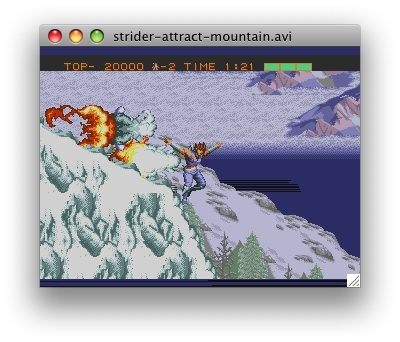Sometimes I think that the pace of multimedia technology is slowing down. Obviously, I’m not paying close enough attention. I thought I would do a little 2011 year-end review of what happened in the world of open source multimedia, mainly for my own benefit. Let me know in the comments what I missed.
The Split
The biggest deal in open source multimedia was the matter of the project split. Where once stood one project (FFmpeg) there now stands two (also Libav). Where do things stand with the projects now? Still very separate but similar. Both projects obsessively monitor each other’s git commits and prodigiously poach each other’s work, both projects being LGPL and all. Most features that land in one code base end up in the other. Thus, I refer to FFmpeg and Libav collectively as “the projects”.
Some philosophical reasons for the split included project stagnation and development process friction. Curiously, these problems are fond memories now and the spirit of competition has pushed development forward at a blinding pace.
People inside the project have strong opinions about the split; that’s understandable. People outside the project have strong opinions about the split; that’s somewhat less understandable, but whatever. After 5 years of working for Adobe on the Flash Player (a.k.a. the most hated software in all existence if internet nerds are to be believed on the matter), I’m so over internet nerd drama.
For my part, I just try to maintain some appearance of neutrality since I manage some shared resources for the open source multimedia community (like the wiki and samples repo) and am trying to keep them from fracturing as well.
Apple and Open Source
It was big news that Apple magnanimously open sourced their lossless audio codec. That sets a great example and precedent.
New Features
I mined the 'git log' of the projects in order to pick out some features that were added during 2011.
First off, Apple’s ProRes video codec was reverse engineered and incorporated into the multimedia libraries. And for some weird reason, this is an item that made the rounds in the geek press. I’m not entirely sure why, but it may have something to do with inter-project conflict. Anyway, here is the decoder in action, playing a video of some wild swine, one of the few samples we have:

Other new video codecs included a reverse engineered Indeo 4 decoder. Gotta catch ’em all! That completes our collection of Indeo codecs. But that wasn’t enough– this year, we got a completely revised Indeo 3 decoder (the previous one, while functional, exhibited a lot of code artifacts betraying a direct ASM ->C translation). Oh, and many thanks to Kostya for this gem:

That’s the new Origin Xan decoder (best known for Wing Commander IV cinematics) in action, something I first started reverse engineering back in 2002. Thanks to Kostya for picking up my slack yet again.
Continuing with the codec section, Continue reading
